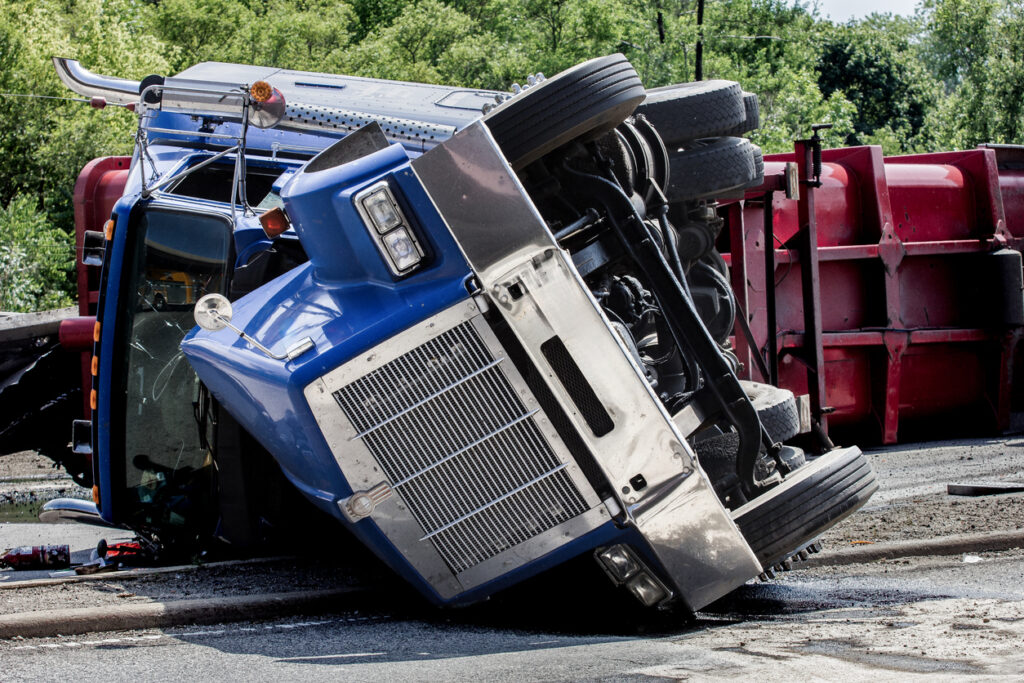If you’ve experienced a truck accident INJUR, any discomfort — even slight stiffness or a dull ache — should be taken seriously. Time is critical in diagnosing and treating spinal trauma.
The Long Road of Recovery: Physical and Emotional Strain
The journey to healing after neck or back trauma is rarely linear. Victims often require:
-
Long-term physical therapy
-
Multiple rounds of injections or nerve blocks
-
Pain management strategies
-
Invasive procedures like spinal fusion or disc replacement
Beyond the physical toll, there is a deep emotional cost. Chronic pain causes depression, anxiety, and feelings of helplessness. The inability to work or live independently can tear apart relationships, strain finances, and destroy confidence.
For many, the truck accident becomes the dividing line — the “before” and “after” of life.
High-Risk Groups for Severe Injury
While anyone involved in a truck collision is at risk, certain groups tend to suffer more severe neck and back injuries:
-
Elderly individuals, whose bones and joints are already weakened
-
Children, whose bodies are still developing
-
People with prior spinal conditions, which worsen with added trauma
These individuals often experience longer recovery times, greater complications, and fewer options for treatment.
Trucking Industry Pressures and the Cost of Human Safety
Understanding the root cause of many truck accidents involves more than just physics and injuries. The trucking industry itself plays a role. Many drivers face unrealistic delivery deadlines, fatigue, or insufficient training. These pressures create a dangerous environment on the roads.
When these factors contribute to a collision, the victims pay the price — with their backs, their necks, and their futures.
The Economic Burden of a Truck Accident Injury
A single truck accident can financially cripple a family. Medical bills pile up fast. Imaging scans, surgeries, rehabilitation, lost wages — these expenses can quickly soar into the six-figure range.
Even with insurance, many find themselves in debt. Some lose their jobs. Others must switch careers or apply for disability. The economic pain can be just as long-lasting and severe as the physical one.
Legal Rights and Long-Term Consequences
Victims of a truck accident need to understand that they have rights — but time is of the essence. The longer one waits to seek care, file claims, or understand their legal options, the more difficult it becomes to recover both physically and financially.
One of the most important things to grasp is the nature of injuries sustained in such accidents. Knowing what are the most common truck accident injuries can provide clarity and motivation for those navigating this dark and difficult journey. Learn more about the most common truck accident injuries and what to expect during recovery.
The Psychological Scars of Neck and Back Injury Victims
The trauma doesn’t stop at the surface. Beyond the MRI scans and doctor visits, many victims suffer from PTSD, anxiety, and fear of driving. These psychological wounds are often overlooked but can be just as debilitating.
Victims may:
-
Avoid travel altogether
-
Suffer nightmares or panic attacks
-
Withdraw from social life
Emotional recovery must go hand-in-hand with physical healing for true restoration.
Government Regulations and Victim Protection
The Federal Motor Carrier Safety Administration (FMCSA) enforces strict rules for commercial drivers. These include limits on driving hours, required rest periods, and vehicle inspections. These regulations exist to reduce truck accidents, but enforcement isn’t always effective.
Learn more about federal trucking regulations and safety mandates on the official FMCSA website.
Understanding your rights under these rules can be crucial when seeking justice after an injury.
Conclusion: The Hidden Cost of Every Truck Accident
Neck and back injuries are more than just medical conditions — they’re lifelong battles. They rob people of mobility, peace of mind, and often the life they once knew. Each truck accident is a moment of impact that ripples through every corner of a victim’s existence.
The spine, the very core of human movement, becomes a site of fragility and fear. And yet, there is hope. Through proper care, legal awareness, and emotional resilience, victims can rebuild what was taken from them.
The scars may never fade, but they don’t have to define the future.
